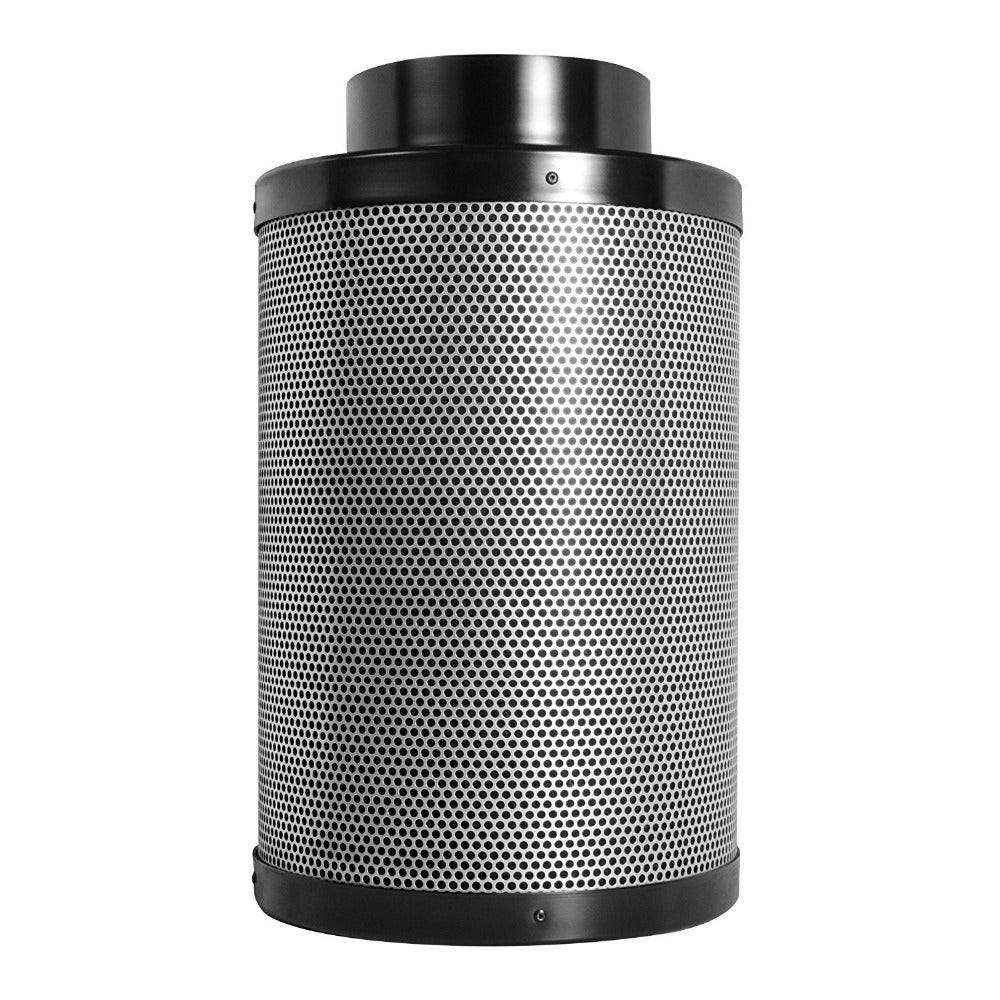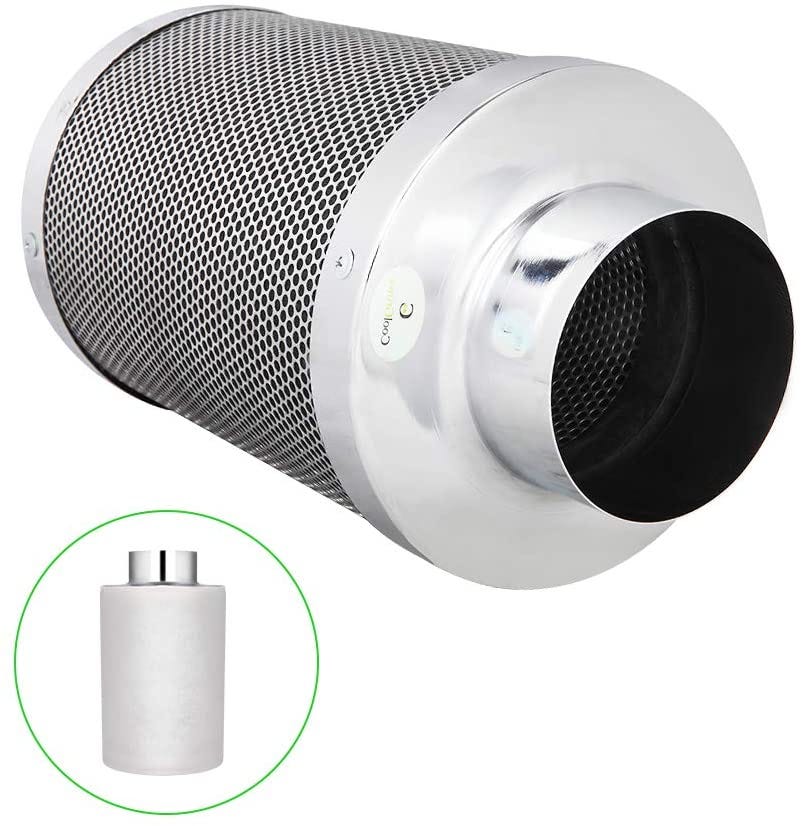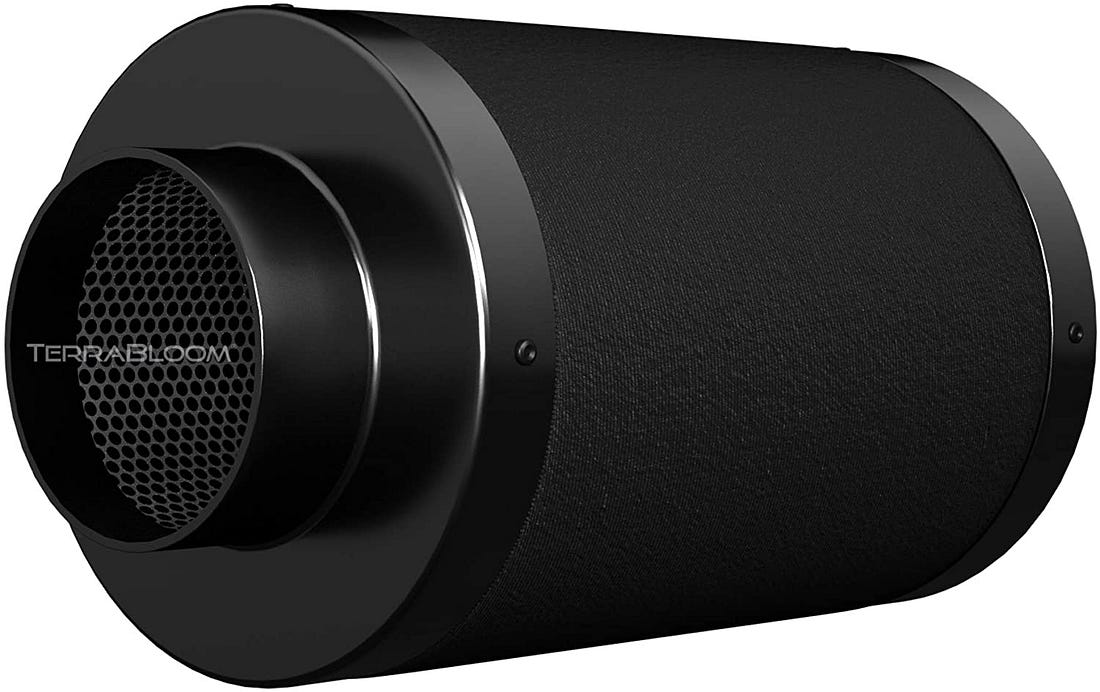- Home
-
SHOP ECO FARM
- ECO Farm Grow Lights
- ECO Farm LED Grow Lights
- ECO Farm Quantum Board
- ECO Farm Samsung LED Grow Lights
- ECO Farm COB Grow Lights
- ECO Farm Commercial Lights
- ECO Farm Supplemental Grow Light
- ECO Farm Fluorescent grow lights
- ECO Farm HPS & MH Grow Lights
- ECO Farm CMH Grow Lights
- ECO Farm HID/CMH Bulbs & Ballasts
- ECO Farm Grow Tents & Kits
- ECO Farm 2x2ft Grow Kits
- ECO Farm 3x3ft Grow Kits
- ECO Farm 3.3x3.3ft Grow Kits
- ECO Farm 4x4ft Grow Kits
- ECO Farm 5x5ft Grow Kits
- ECO Farm Grow Tent - Standard Style
- ECO Farm Grow Tent - Extension & Roof & Lodge Style
- ECO Farm Extraction & Harvest
- ECO Farm Rosin Press Machine
- ECO Farm Dry & Wet Trimmers
- ECO Farm Oil Accessories
- ECO Farm Medicinal Plants Grinder
- ECO Farm Medicinal Plants Containers
- ECO Farm Medicinal Plants Dryer
- ECO Farm Refrigeration Dryer
- ECO Farm Climate Control & Other Accessories
- ECO Farm Inline Duct Fans
- ECO Farm Oscillating Fans
- ECO Farm Exhaust Fans
- ECO Farm Air Filter
- ECO Farm Duct Muffler
- ECO Farm Ventilation Kits
- ECO Farm Plant Humidifiers
- ECO Farm Plant Dehumidifiers
- ECO Farm Hydroponic Accessories
- ECO Farm Other Accessories
- ECO Farm Hydroponics Microscopes
-
TOP BRANDS
- Grow Lights Brands
- Adjust-A-Wing
- Apollo Horticulture
- Bestva
- Black Dog LED
- California Lightworks
- ChilLED Grow Light
- Eco Farm
- HLG - Horticulture Lighting Group
- Kingled
- Kind LED
- Mars Hydro
- Morsen
- Neilo
- NextLight
- Phlizon
- PlatinumLed
- Roleadro
- Optic LED Grow Lights
- ViparSpectra
- Vivosun
- EYE Hortilux
- IPOWER
- NanoLux
- Phantom grow light
- Gavita grow lights
- Grower's Choice
- Lumatek
- Maxibright
- Yearld Pro
- ThinkGrow
- Crecer Lighting
- Green Sunshine Electric Sky
- fohse aries
- loriflux
- luxx
- fluence
- iluminar
- Lex
- LTC
- Rayonled
- FGI
- PHOTONTEK
- Grow Tents & Kits Brands
- Apollo Horticulture
- Black Box
- CoolGrows
- Eco Farm
- GrowLab
- Gorilla Grow Tents
- Mars Hydro
- Quictent
- Secret Jardin
- Unit Farm
- TopoGrow
- VIVOSUN
- Topolite
-
COMPANY INFO
-
COOPERATE WITH US
- Blog
Best Carbon Filters for Your Grow Tents (2022 Updated)
January 10, 2022
Grow rooms require a different kind of ventilation from normal rooms. They are more prone to carbon emissions because of the life processes and biological ecosystem that is been going on, continuously 24 hours a day. And these carbon emissions comes with a huge risk to human life and workers that help in maintaining the grow room. And also getting a smell like a hotbox is something that is pretty hard to bear all the time.
Aside from the drawbacks grow rooms are a wonderful option for farming many crops. Many grow room farmers in the USA and some other part of the world keeps their plants to grow room because of their high yield in that environment and fast blossoming. Grow room plants gardeners come with many challenges but one of the major issues is the strong smell of it especially when it is blossoming to maturity. That makes the role of carbon filters worth considering. Besides the plants alone the smell of pesticides fertilizers and nutrients make the odour more intense and the result is an intoxicating smell.
So now what is a carbon filter? carbon filter consists of a bed of activated charcoal that works on the principle of adsorption, the charcoal adsorbs the impurities leaving behind the purified filtered air devoid of any hydrocarbon, biogas or sulphides. They come in the market with different varieties and specifications and choosing the best is a bit of Maths for gardeners. That’s why we are here to help you out.
Below are some of the best carbon filters which are handpicked from Grow rooms by looking at their efficiency in the most intoxicated environments.
How Does a Carbon Filter Work?
Carbon filters contain odors and decontaminate the air through a process called adsorption. The process of adsorption takes place when molecules latch onto the outside of a surface, as opposed to absorption when they’re soaked into it.
As I mentioned, carbon filters use activated carbon, whereby the more porous the carbon, the better the extraction. The filters inside are formed by chemically and thermally treating charcoals, and turning them into activated carbon.
Activated carbon contains millions of pores, which help extend the surface area to 2000–4000 m2 per gram. Smelly particles and volatile organic compounds (VOCs) are drawn onto its surface to ensure better odor management.
A highly porous carbon increases the amount of surface available for impurities to attach to when contaminated air passes through the filter.
Activated carbon comes in the form of thin or thick packets for filtering the air. You’ll need to insert it into the main purifying unit, such as a HEPA air filter (most recommended) or an air purifier.
As contaminated air passes through the main filtration unit, the activated carbon inside the unit absorbs the impurities. The air exiting the unit comes out of the filter purified and clean.
It’s best to use the activated carbon in conjunction with a HEPA filter. That way, you can easily restrain larger particles like lint, pollen and dust from coming into contact with it. The HEPA filter provides better performance and lasts longer.
Reason to Use a Carbon Filter in Grow Tent?
There are several benefits associated with using a filter in grow tent or grow room. If you’re a plants grower, you probably know that keeping the plants aroma under wraps is no mean feat.
Worse still, perhaps you aren’t willing to let your neighbours know about your indoor plants growing “hobby”. And that’s where a Odor Control Scrubber comes into the equation.
A carbon filter works like a magic bullet when it comes to trapping the smelly particles from the air, thus promoting your privacy. It also takes the impurities out of the air so your plants can enjoy the clean, fresh air they need to thrive in your grow tent.
See, your plants not only need the right temperature to thrive. They also need the humidity, nutrients, and fresh air in correct proportions. A carbon filter eliminates such impurities as air-borne pathogens, which can cause diseases to your plants and ruin your grow yield.
By using activated carbon, you’ll improve your ventilation system, enabling your plants to breathe freely and eventually blossom. Other than that, these are the least expensive of all air filtration systems available.
Investing in a high-quality Air Filter is a sure-fire way to keep your electricity bill down. What’s more, these are pretty quick and easy to set up.

Features:
The ECO Farm carbon filter will soak up and eliminate some of the most undesirable odors and additional harmful and potentially ill-fating chemicals in the air. This carbon filter is made of high quality activated charcoal, delivering 100% filtered airflow. ECO Farm air carbon filter provides higher absorption and a longer life rating. Especially, it is designed in black-coloured style, the panel ventilation rate goes up to 53%, greatly reducing air volume loss and increasing efficiency. It can be used as an intake or exhaust filter, ideal for grow tents and hydroponics rooms, indoor planting tents, basements and kitchens.
CoolGrows 4 inch Air Carbon Filter

Features:
This carbon filter will soak up and eliminate the undesirable and ill-smelling odors of grow rooms to keep your place clean while bringing you cleaner air. The flange and bottom can be removed to reverse the charcoal canister, making the filter body could be flipped upside-down for reversible smell filtration and also extending the service life. Machine packed carbon enables 99.8% filtered airflow. Inner and outer mesh provides 53% open area allowing increased airflow, easy compact with the Inline Fan.
TerraBloom 4" Air Carbon Filter for Grow Tent

Features:
TerraBloom premium carbon filters have an industry-leading 1.8” (46mm) deep carbon bed that is at least 20% thicker than the competition. This carbon filter uses the only highest grade, granular Australian activated charcoal, which gives you better adsorption and superior carbon porosity to capture odors, VOCs and other airborne pollutants in growing, laser engraving, food processing and manufacturing applications. This charcoal scrubber can be installed both inside and outside the grow tent and is capable of filtering the air in both directions. Whether you want to use it as an exhaust or intake. You can pull air through the filter and out or push air into the filter and out of your grow room, it will work just as well.
What to Look for In a Carbon Filter
It’s not easy to choose the right carbon filter considering the abundance of options on the market.
However, when you put the following into consideration, your chances of choosing the right one is significantly upped:
Pre-filter. Many carbon filters now come packaged with pre-filters that you put outside of your carbon filter. These pre-filters helps in reducing particles like dust from getting into the carbon filter. Not only will this improve the lifespan of the carbon filter itself, but also the inline fan or other equipment you use with your carbon filter.
Carbon Thickness. When the carbon is thicker, the absorption will be greater, which makes the carbon filter more effective in controlling odor. Because thicker carbon filters are more efficient, you should expect a higher price tag for them.
Portability. With compact carbon filters, you get lesser noise and vibration during operation. These kinds of carbon filters are better at absorbing odor and smell and transporting them into the carbon granules. Unlike those with air pockets in between, this type can catch odor more effectively.
Durability. While it might be tempting to go for inexpensive models, it’s better to buy expensive, higher quality carbon filters than for you to choose lower quality ones that may not last long. Sturdy carbon filters have better performance and generally last longer, and their maintenance is lighter compared to their counterparts.
Conclusion
Your best carbon filter for grow rooms needs a filter to stop odor from escaping and also to keep bugs out of the system. A carbon filter is the best choice since it’s reliable and relatively quiet. They are only as effective for indoor growing as the carbon in them, so when choosing a filter, go for the best carbon filter for grow room, one that has high-quality activated charcoal and has plenty of it. Thicker carbon filter beds mean a longer lifespan and more effective odor control and filtration.
Leave a comment
Also in News

What are the best LED grow lights to use in a grow tent?
June 27, 2024
When choosing Best LED Grow Lights, you should also consider the durability of the lamp, energy efficiency and whether it can meet the light needs of specific plants. For example, the LED plant growth lights provided by Philips Lighting are designed for specific crops to promote uniform growth and improve quality and yield.

Can I use normal led lights to grow plants indoors?
June 20, 2024

What's the best indoor LED growing light on Amazon USA?
June 15, 2024
On Amazon, hot growth light types include LED Growing Lights, which have a variety of functions and features such as automatic on/off timing, red and blue LED light combinations, multiple dimmable modes, and flexibility for indoor potted plants or indoor gardens.
